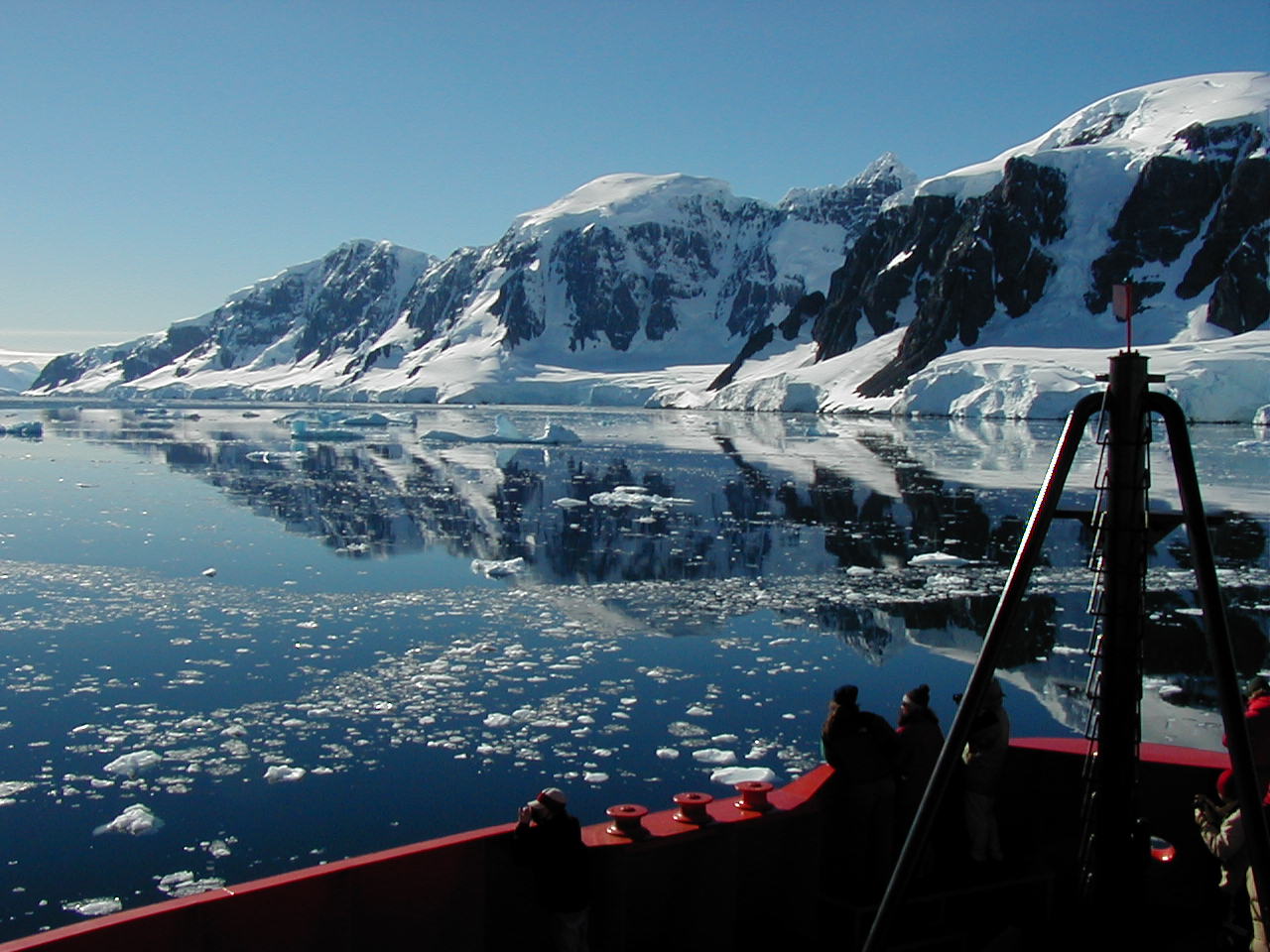The Benthic Dynamics Laboratory (LDB) was created in September 2000 to study marine benthic processes and their interactions with the water column. In 2016, the lab changed some of its lines of reserach, focusing in the deep sea environment, and adopted the name of Laboratory of Deep Sea Ecology and Evolution (LAMP, in portuguese).Nowadays, the LAMP team carries out research in shallow and deep waters off Brazil, Antarctica and other oceans, such as the Northeast Pacific. In Brazil, studies are concentrated in the Southeast and Southern Brazilian coast and continental margin and abyssal areas. In very shallow waters (< 20 depth) studies are carried out using SCUBA diving mainly off Ubatuba-SP. Continental shelf and deep-sea studies are ship-based using remote gears (box corers and megacorers), ROVs and manned submersibles.
![]()
![]()

Crossing the beautiful Neumayer Channel in the Gerlache Strait, Antarctica. During this cruise, LDB personnel joined scientists of the University of Hawaii to study how benthic organisms survive during food-poor winter periods in Antarctica. The study was funded by the National Science Foundation and used the Research Vessels Nathaniel B. Palmer and Laurence M Gould (picture).
Some other areas the LAMP team has been carrying out research includes the São Paulo Plateau, Rio Grande Rise, Abrolhos Bank and the oceanic islands of Saint Peter and Saint Paul Archipelago and the Vitória-Trindade Seamount Chain. Outside Brazil, the LAMP has worked in Antarctica (Bellingshausen and Weddell Seas), the Northeast Pacific off Washington and Oregon States, Gulf of Mexico and the China Sea.
LAMP acts in different deep sea habitats, including chemosynthetic environments, deep-water corals, seamounts and abyssal regions. The main lines of research are:
- Benthos ecology
- Biodiversity and evolution of fauna
- Habitat mapping